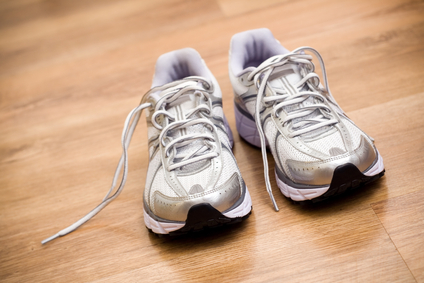Jan 8, 2013
A few weeks ago I asked my fans on Facebook to look at packaged foods and send in names of ingredients that were unfamilar to them. Most of these names I can't even pronounce!

One quick scan at packaged foods in the supermarket and I found these "mystery ingredients" in all sorts of products.
Here is what they really are and a reminder why fresh food made from scratch is best. (Remember: You can cook ALL your meals for the week in 2-3 hours (total!) using our meal plans. Simply grab-n-go and reheat all week long! Eat fast and fresh!)
Psyllium - a grain, the husks of which are used medicinally as a laxative, reduce blood cholesterol levels and sometimes added to foods as a dietary source of soluble fiber.
Ammonium Bicarbonate- a white, crystalline, water-soluble solid, used chiefly in the manufacture of baking powder.
Xanthan gum - derived from a bacteria. Works as a thickening agent and is used in cosmetics and as a food additive. It's frequently used in gluten-free baking.
Riboflavin- a yellow water-soluble vitamin of the B complex that occurs in green vegetables, germinating seeds, and in milk, fish, egg yolk, liver, and kidney.
Ferrous Sulfate -A bluish-green crystalline compound that is used in sewage and water treatment, and as a pigment and fertilizer. It is also used in medicine to treat iron deficiency.
Maltodextrin - a food additive, It is commonly used for the production of sodas and candy. It can also be found as an ingredient in a variety of other processed foods.
Silicon Dioxide - the dioxide of silicon, occurring naturally as quartz, cristobalite, and tridymite. It is a refractory insoluble material used in the manufacture of glass, ceramics, and abrasives polyethylene glycol - used as an emulsifying agent and lubricant in ointments, creams, etc.
Xylitol -a sugar alcohol sweetener used as a sugar substitute. found in the fibers of many fruits and vegetables.
Farro - food product composed of the grains of certain wheat species in whole form.
Chlorella - any microscopic unicellular green alga of the genus Chlorella: some species are used in the preparation of human food.
Calcium chloride - Common applications include brine for refrigeration plants, ice and dust control on roads, and desiccation.
Monoglyceride - commonly added to commercial food products in small quantities. They act as emulsifiers, helping to mix ingredients such as oil and water that would not otherwise blend well.
Propellant - Examples of can propellants include nitrous oxide that is dissolved in canned whipped cream, and the dimethyl ether or low-boiling alkane used in hair spray.
Sodium Diacetate - As a food flavoring agent sodium diacetate is most often used to impart a vinegar flavor in snacks, breads, and soups. As a preservative, it can effective in preventing the development of several mold strains and is also used as an antibacterial agent to prolong the shelf life of many food types.
Ribose- used to improve athletic performance and the ability to exercise by boosting muscle energy. It has also been used to improve symptoms of chronic fatigue syndrome (CFS), fibromyalgia, and coronary artery disease.
TBHQ - used as a preservative for unsaturated vegetable oils and many edible animal fats.
Get started with our meal plans - no mystery ingredients!






